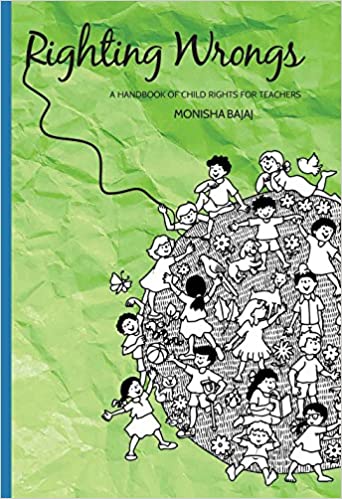The book starts off with an explanation of what child rights are, who needs them, who protects them and how they can be violated. Tracing the timeline of the child rights movement internationally, and then in India, and including a description of the forerunners of the child rights movement in India helps the reader to understand the genesis and current status of child rights. ‘Education’ gets a dedicated section in which Bajaj focusses briefly on the ‘Right to Education Act’ and its practical repercussions. The chapter on violations brings to the fore heart-wrenching stories of the sufferings of many children in India, emanating from lack of basic protection policies. It evokes emotion and helps the reader to see both the immediacy and criticality of the problems that our children face. A wonderfully drafted section is the one that shares details of organizations and NGOs that work for the protection of child rights. In addition, Bajaj also shares real life case studies of children surmounting odds and fighting for their rights. After the somewhat bleak picture painted previously, this portion fills the reader with hope and faith in the possibilities of betterment.
November 2016, volume 40, No 11

